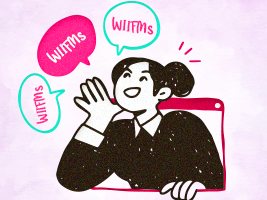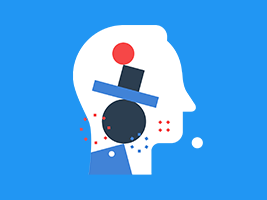
HERE’S HOW TO DESIGN A GREAT ONBOARDING PROGRAM
A good employee onboarding program does more than just introduce them to the company’s vision and values. It helps them settle down quickly in their new role, and feel capable and confident in their ability to contribute to the success of the organization. Let’s explore some ideas for making your next onboarding a great one.










